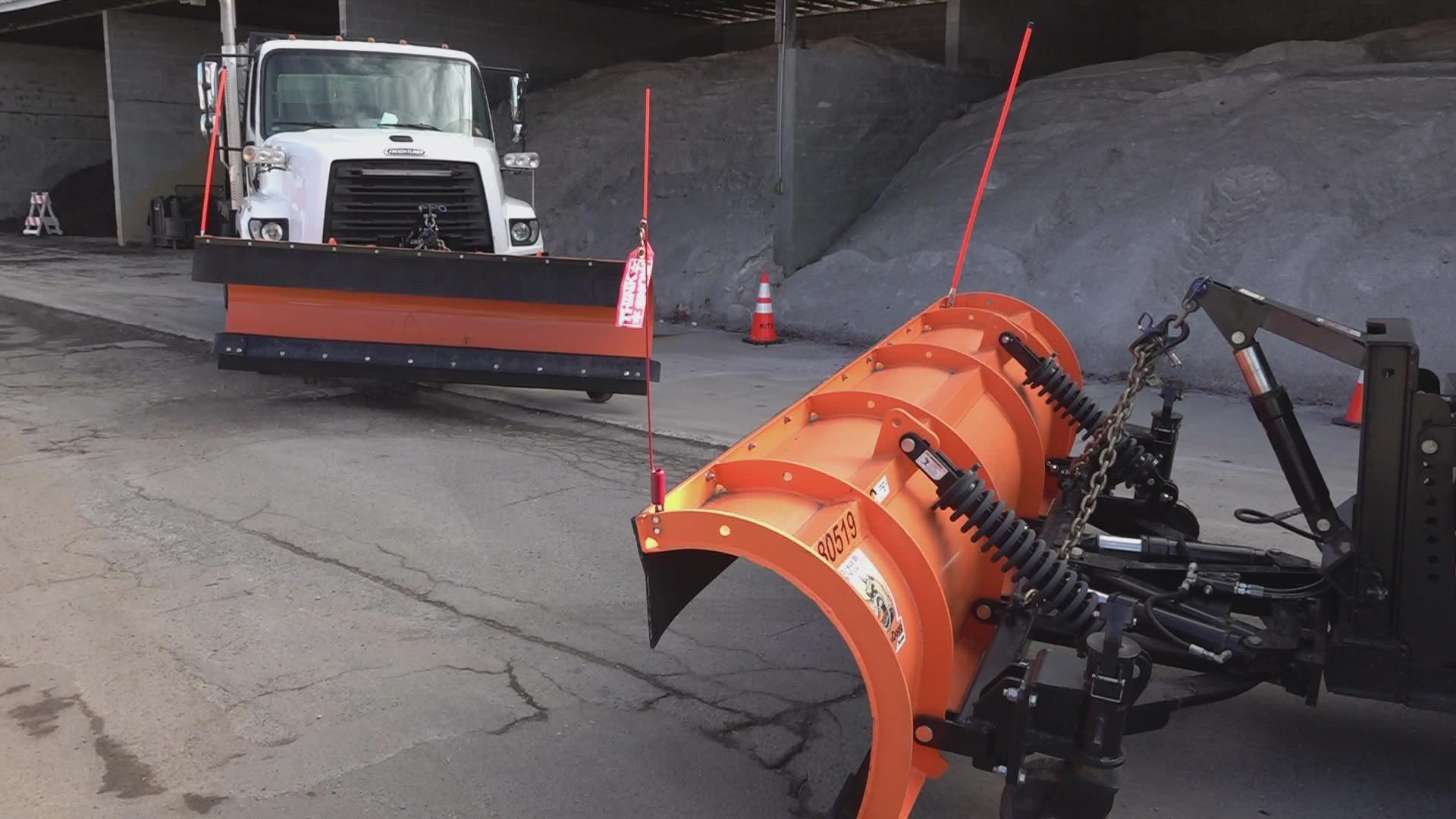KNOXVILLE, Tenn. — Knoxville leaders said they are expecting "bone-chilling" temperatures this week, as arctic air approaches East Tennessee. It's bringing temperatures in the single digits and snow and is expected to impact the city Thursday night into Friday morning.
The city's Public Service Department also said they are prepared for anything the weather brings, after learning about what to expect around two years ago when it snowed on Christmas Eve.
"I think it was only a couple of inches, but it was cold. It was really a low temperature, I think it was in the teens," said Chad Weth, Knoxville's Public Service Director. "We had several people working Christmas Eve and Christmas Day. It's rare, but it does happen."
That was in 2020. Now, temperatures are expected to drop significantly this weekend and go into single-digit wind chills, with temperatures in the teens during the day on Friday.
Just in case there's a repeat of what happened a few years back — the public service department is gearing up. They said they have 23 salt trucks available and 75 employees ready to clock in if the roads become too hazardous and the weather gets too harsh.
"It's hard to get people to work Christmas, but we're here and prepared. We're fully loaded with all of our supplies," said Weth.
As the cold weather makes its way to East Tennessee, he said crews are also monitoring for updates. He said that rain is expected on Thursday, which could prevent them from being able to pre-treat the roads. But if the rain is called off, he said that crews are ready to get to work before the snow.
It is all to keep people safe and the roads open during and after the snowfall.
"I would prefer not to have a white Christmas, but if we do, we are prepared," he said.
If they're able, crews in Knoxville usually pre-treat roads according to its response plan which organizes roads based on how important they are for travelers. The list of roads is available below.
- Level I – main streets carrying the highest volume of traffic and providing access to hospitals; examples include Kingston Pike, Chapman Highway, Magnolia Avenue, and Broadway.
- Level II – streets connecting main streets, feeder streets to connector streets, and “trouble spots” and hills; examples include Sutherland Avenue, Martin Luther King Jr. Boulevard, Moody Avenue, Island Home Avenue, and Cedar Lane.
- Level III – streets that are connectors to neighborhoods and primary connections at the neighborhood level; examples include Woodland Avenue, Jessamine Street, Bridgewater Road, and Oglewood Avenue.

